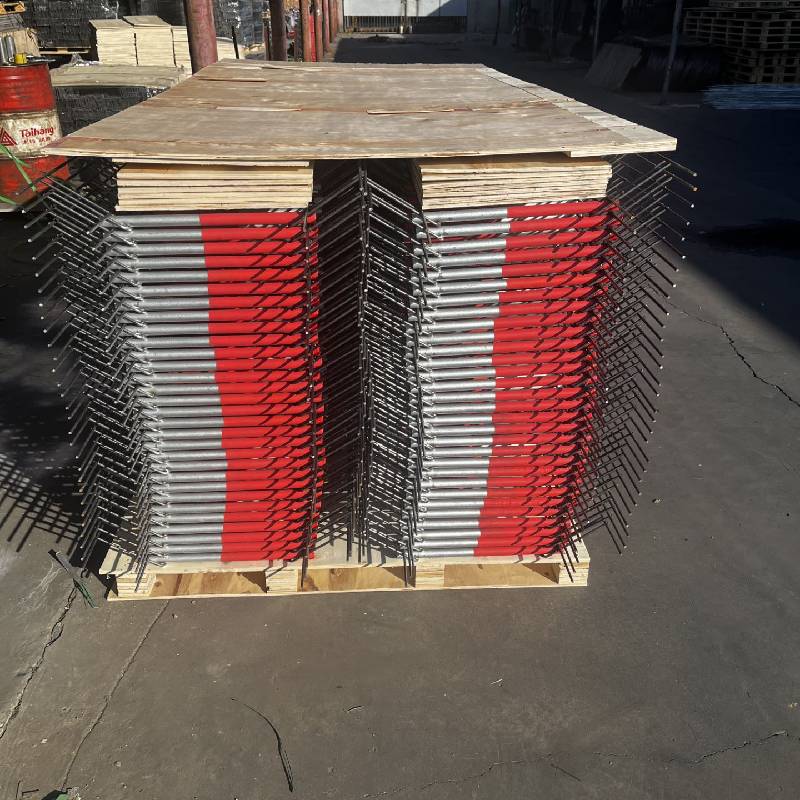
- Mobile Phone
- +8613931874955
- sales@cntcmetal.com
twist springs
The Elegance and Functionality of Twist Springs
Twist springs, a versatile and essential component in various mechanical systems, embody the perfect blend of engineering ingenuity and practicality. These springs, characterized by their unique design and functioning, play a critical role in applications ranging from household appliances to industrial machinery. Understanding the mechanics, applications, and advantages of twist springs can shed light on their importance in everyday life.
What Are Twist Springs?
Twist springs are a type of torsion spring designed to store rotational energy. They are made by twisting wire either to hold force or to release that energy when uncoiled. Unlike traditional coil springs that operate in linear compression or tension, twist springs function by applying a torque, creating a force that encourages movement in rotary motion. This capability makes them invaluable in applications requiring rotational movement and tension.
Typically manufactured from high-carbon steel or stainless steel, twist springs can endure mechanical stress and are designed to resist deformation. Their design allows them to return to their original shape after being twisted, showcasing their resilience and efficiency. The engineering behind twist springs involves calculating the right dimensions, such as wire diameter, coil diameter, and the number of coils, to meet the specific requirements of an application.
Applications of Twist Springs
Twist springs are ubiquitous in various industries. In the automotive sector, they are used in door mechanisms, latches, and even in seat adjustments where a rotating motion is needed. In consumer electronics, twist springs can be found in devices like remote controls, where they facilitate the smooth operation of buttons and switches.
The toy industry also heavily relies on twist springs. Classic toys, such as wind-up mechanisms or certain action figures, employ these springs to generate motion. The playful nature of such applications highlights how twist springs can infuse life into inanimate objects by providing them with motion and functionality.
twist springs

In the field of machinery, twist springs are crucial for balance and stability. They are often utilized in assembly lines, helping position components optimally while also enabling efficient movement. In these settings, the adjustable force provided by twist springs can enhance productivity, ensuring that machinery operates smoothly and efficiently.
Additionally, twist springs play a significant role in industrial applications, such as in clutches and brake systems, where precise torque control is vital for safety and performance. The ability to finely tune the amount of torque allows for greater control over the mechanisms involved, which is critical in high-stakes environments.
Advantages of Twist Springs
One of the primary advantages of twist springs is their compact design. They require less space compared to traditional linear springs, making them ideal for applications with weight and size constraints. This compact form factor does not compromise their performance; instead, twist springs often outperform other spring types in delivering high levels of torque with minimal deflection.
Moreover, the robustness of twist springs contributes to their longevity and reliability. They can operate under extreme conditions, including high temperatures and heavy loads, without sacrificing functionality. This durability ensures that products using twist springs require less maintenance, ultimately reducing costs over time.
Another notable feature is the ease of customization. Twist springs can be designed to specific requirements, allowing manufacturers to optimize their products for various applications. This flexibility in design means companies can innovate while ensuring reliability in their mechanisms.
Conclusion
In conclusion, twist springs are a remarkable testament to the ingenuity of mechanical engineering. Their unique ability to store and release rotational energy makes them indispensable in a variety of industries. From everyday household items to complex industrial machinery, twist springs enhance functionality and efficiency. Their compact size, resilience, and versatility underscore their critical role in modern technology. As industries continue to evolve, the demand for innovative solutions like twist springs will undoubtedly grow, paving the way for advanced applications and new possibilities in engineering design. Understanding their significance not only appreciates the mechanics behind everyday objects but also highlights the continuous advancement of engineering principles.
share:
-
Your Source for Concrete Wall Ties and Masonry AccessoriesNewsJul.10,2025
-
Unlocking the Power of Iron Wire for Every ProjectNewsJul.10,2025
-
Explore Advanced Chain Wire and Stainless Steel Mesh FencingNewsJul.10,2025
-
Discover the Benefits of Annealed Wire ProductsNewsJul.10,2025
-
Discover China Stainless Steel Wire Mesh SolutionsNewsJul.10,2025
-
Build with Confidence Using High-Performance Masonry AccessoriesNewsJul.10,2025
-
Why Sacrificial Formwork Is Redefining Underground ConstructionNewsJun.06,2025



















